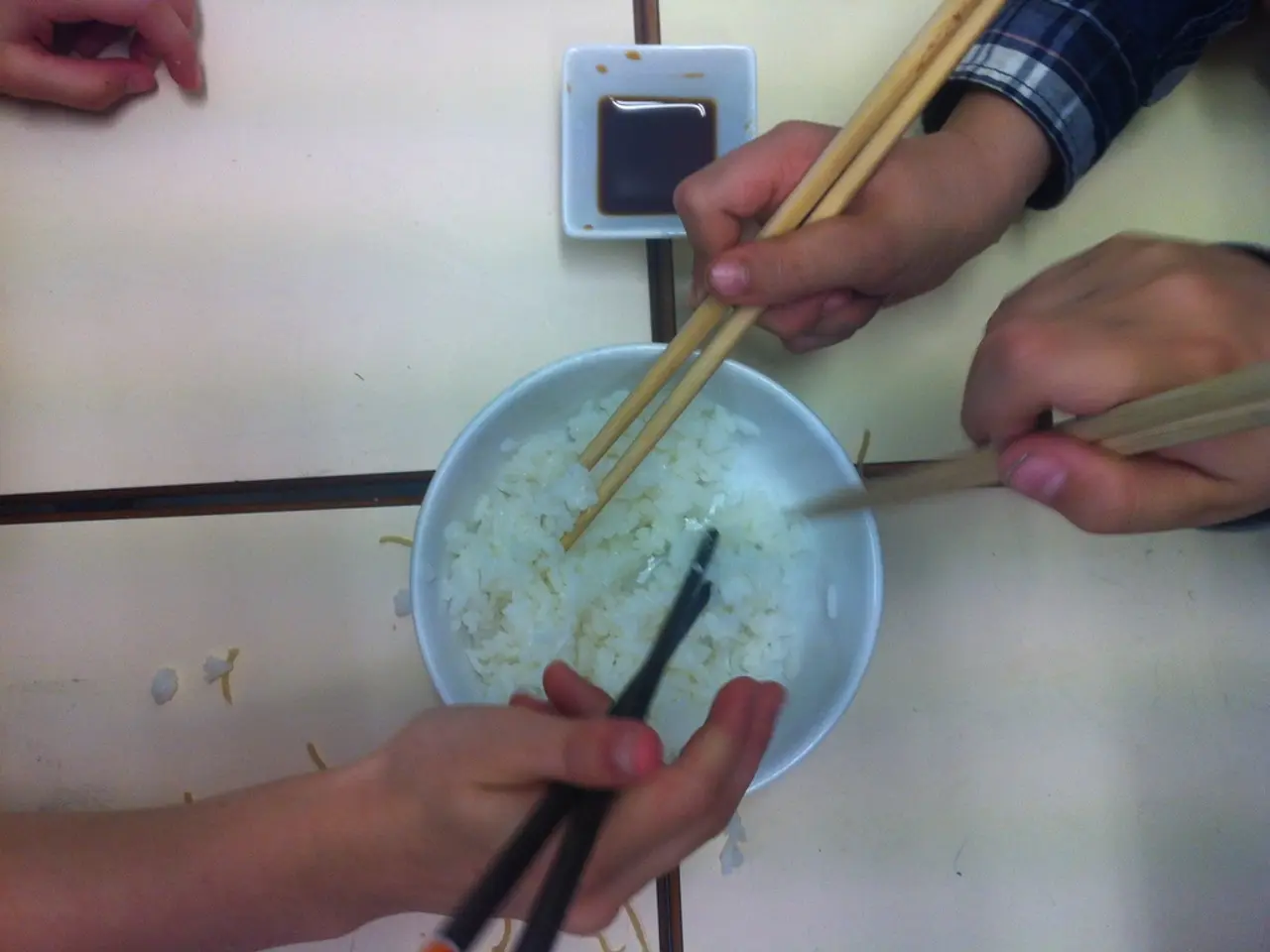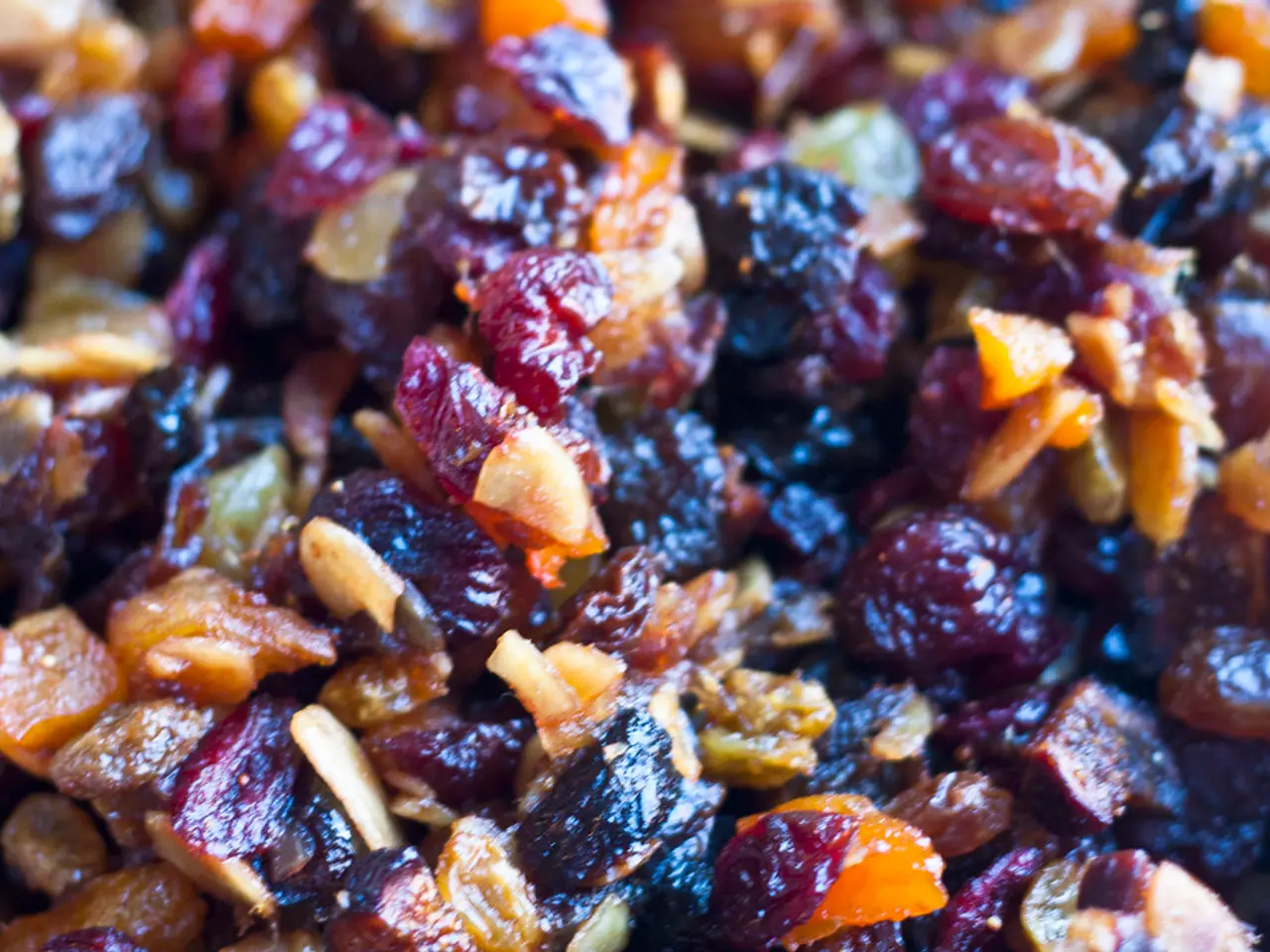Over 200 children hospitalized in China due to lead contamination in food consumption. - Over 200 children hospitalized due to lead contamination in food consumption in China
In a shocking incident, over 230 children at a kindergarten in Tianshui, Gansu province, China, were found to have abnormally high blood lead levels due to the illegal addition of non-edible paint pigments containing lead to food items served at the school.
The kindergarten, in an attempt to attract more students and increase revenue, purchased these paint pigments online and diluted them before mixing into some flour-based foods and other dishes, such as a three-color breakfast cake and sausages.
Of the 251 enrolled children tested, 233 showed abnormal lead levels, with some levels more than five times the normal reference range. Medical symptoms in affected children included hair loss, tooth discoloration, vomiting, dizziness, abdominal pain, and hypersensitivity.
Two food samples showed lead levels of 1,052 mg/kg and 1,340 mg/kg, vastly exceeding the national safety limit of 0.5 mg/kg. The sources of the lead poisoning were identified as dates cakes and a corn cob with a sausage.
Criminal detention of 8 individuals, including the headmaster, suspected of producing toxic and harmful food, has been initiated. A joint investigation by police and food safety authorities collected over 200 samples from food, water, tableware, and the environment in the kindergarten.
Medical teams have been deployed locally to treat and closely monitor the children’s health due to the serious and often irreversible effects of lead poisoning on nervous system and development. The local government has expressed regret for the incident and promised to draw lessons from it.
Public outrage has sparked demands for stricter enforcement of food safety regulations in schools across China. The incident far exceeded safety limits set by China's food standards, highlighting the need for stricter regulations and enforcement.
The World Health Organization states that there is no known safe exposure level for young children when it comes to chronic lead poisoning, making this public health emergency particularly concerning for the potential long-term harm to the children's cognitive and physical development.
[1] Xinhua News Agency. (2021, October 26). Over 200 children hospitalized in Gansu province due to lead poisoning. Retrieved from https://www.xinhuanet.com/english/2021-10/26/c_130548149.htm [2] China Daily. (2021, October 26). Over 200 children hospitalized in Gansu province due to lead poisoning. Retrieved from https://www.chinadaily.com.cn/a/202110/26/WS61722871a310d16529e5c8e1.html [3] Reuters. (2021, October 26). Over 200 children hospitalized in Gansu province due to lead poisoning. Retrieved from https://www.reuters.com/world/china/over-200-children-hospitalized-gansu-province-due-lead-poisoning-2021-10-26/ [4] South China Morning Post. (2021, October 26). Over 200 children hospitalized in Gansu province due to lead poisoning. Retrieved from https://www.scmp.com/news/china/society/article/3152651/over-200-children-hospitalised-gansu-province-due-lead-poisoning
Children in the medical-conditions category, such as those affected by the lead poisoning incident in a kindergarten in Gansu province, China, are at risk of neurological-disorders and long-term harm to their cognitive and physical development due to the serious and often irreversible effects of lead on the nervous system. To address this public health emergency, it is crucial that local health authorities prioritize science-based health-and-wellness practices, including rigorous follow-ups and appropriate treatment for affected children.




